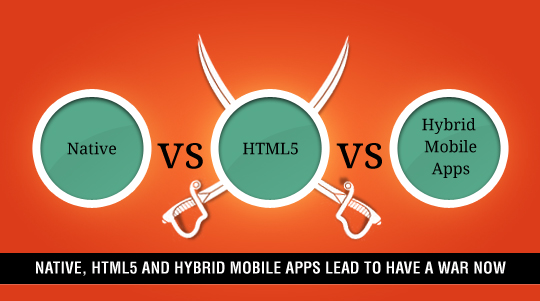This days I attended to a session where an idea of a great mobile application was presented. From the technical perspective, the application was very simple, the content that is deliver to the consumer has a great value.
The proposal of the application was 3 different application for each platform (iOS, Android and Windows Phone). When I asked why it is so important to have 3 different native application for an application that has the main purpose to bring content to the users I found up that they need push notification support and all the rest of the content that will be displayed will be loaded from the server (CMS).
Having 3 different native application means that you will need to develop the same application 3 times for 3 different platform…. 3X maintenance 3X more bugs and so on….
In this moment I have a rendevu. I have the feeling that I already wrote about this.
For this kind of application you develop a great HTML5 application. For push notification support it is very easily to create 3 different native applications that has a WebBrowser controller. In this controller you can display the HTML content of your application. Only custom behaviors, like push notification will need to be develop for the specific platforms.
In this way, the applications will be very simple and the costs of developing and maintenance will be very low.
For push notification I recommend to use Mobile Services for Windows Azure. It is a great service that can be used to push a notification to all devices and platforms with minimal development costs.
The proposal of the application was 3 different application for each platform (iOS, Android and Windows Phone). When I asked why it is so important to have 3 different native application for an application that has the main purpose to bring content to the users I found up that they need push notification support and all the rest of the content that will be displayed will be loaded from the server (CMS).
Having 3 different native application means that you will need to develop the same application 3 times for 3 different platform…. 3X maintenance 3X more bugs and so on….
In this moment I have a rendevu. I have the feeling that I already wrote about this.
For this kind of application you develop a great HTML5 application. For push notification support it is very easily to create 3 different native applications that has a WebBrowser controller. In this controller you can display the HTML content of your application. Only custom behaviors, like push notification will need to be develop for the specific platforms.
In this way, the applications will be very simple and the costs of developing and maintenance will be very low.
For push notification I recommend to use Mobile Services for Windows Azure. It is a great service that can be used to push a notification to all devices and platforms with minimal development costs.

Comments
Post a Comment